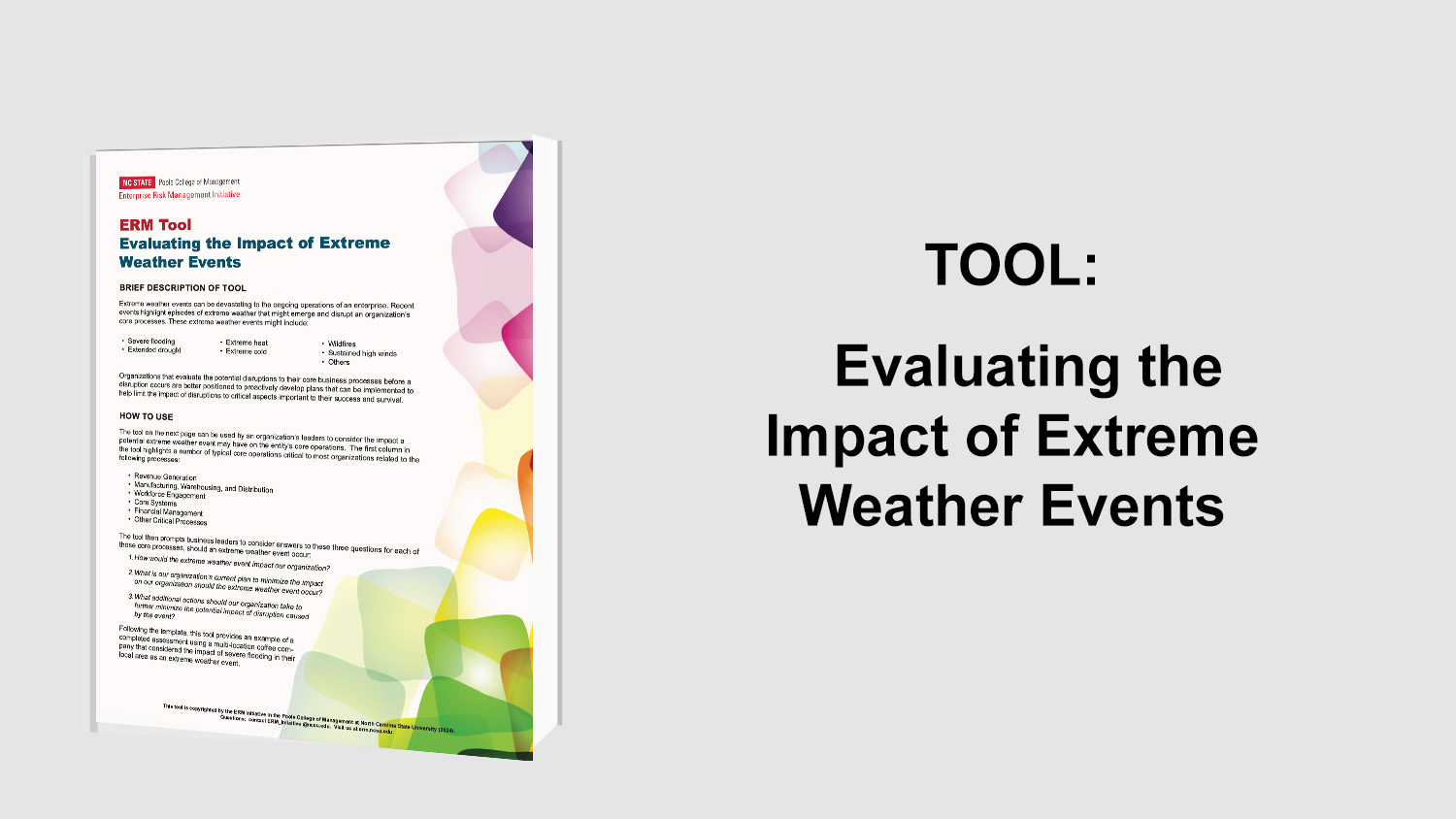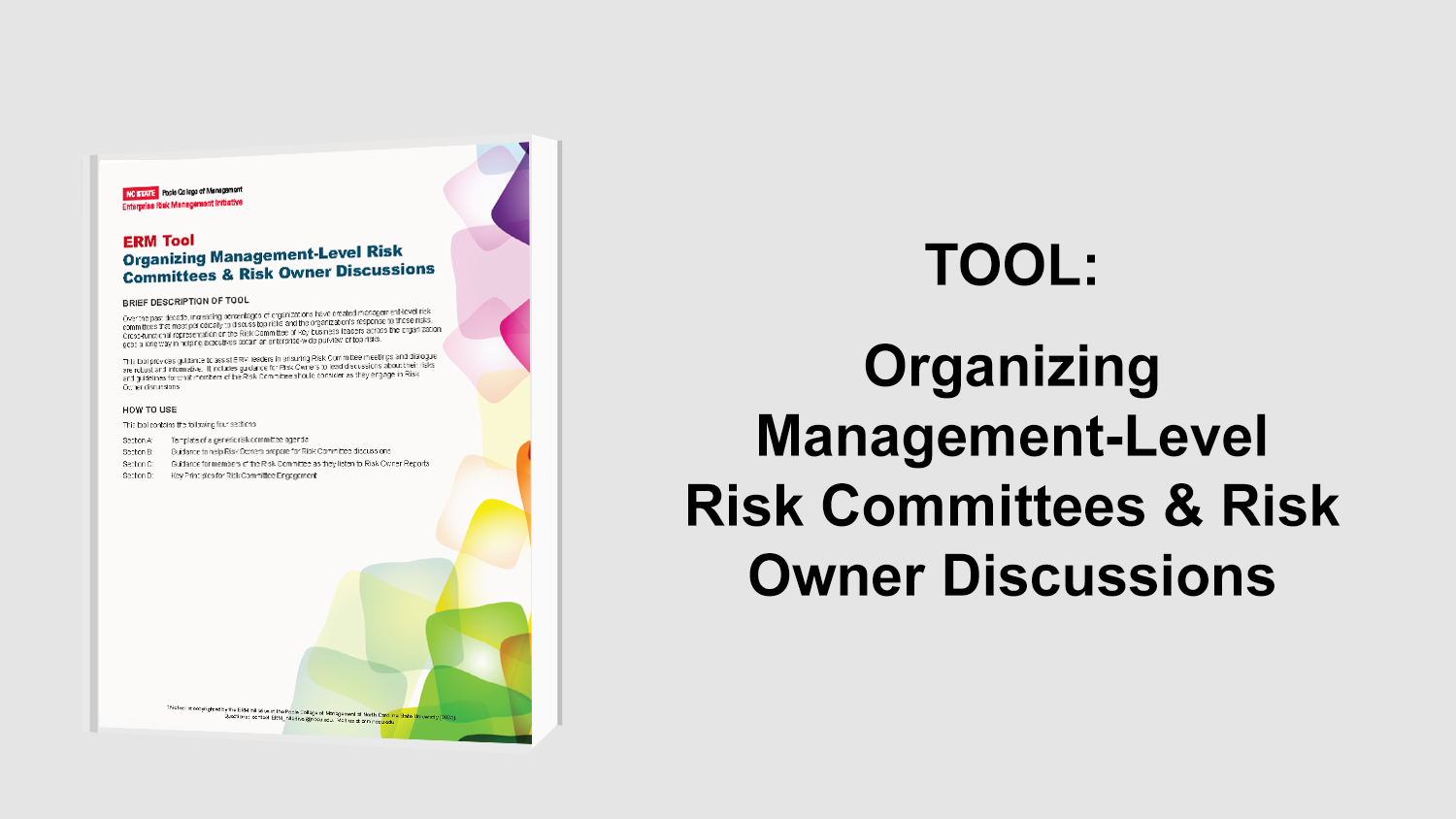Homeland Security Risk Management Fundamentals
The Department of Homeland Security (DHS) plays a critical role in leading a unified effort in the management of the diverse and complex set of risks facing the United States. To strengthen capabilities in fulfilling its mission, DHS has created a Risk Management Fundamentals to provide a structured approach for the distribution and use of risk information and analysis efforts across the Department. The publication “Risk Management Fundamentals: Homeland Security Risk Management Doctrine” recommends a systematic and comprehensive approach to homeland security decision making using risk management to maximize the ability to achieve objectives. Additionally, key principles for effective risk management are listed, including:
- Unity of Effort – risk management efforts should be coordinated and integrated among the organization as a whole.
- Transparency – open and direct communication is essential to effective security risk management.
- Adaptability – risk management strategies and processes should be designed to be flexible and responsive to change.
- Practicality – homeland security risk management cannot eliminate all uncertainty nor identify all risks.
- Customization – risk management efforts should be structured and tailored to fit the needs and values of the organization.
Comprehensive risk management approaches should be consistently integrated across the organization, especially to support decision making, and designed to ensure all internal and external risks are considered. A standardized risk management process should be implemented with risk management principles in mind. The process describes a sequence of planning and analysis, consisting of the following:
- Define the context – identify the context for the decision that the risk management effort will support and consider an assortment of variables when executing the risk management process, such as goals and objectives, risk tolerance, decision timeframe, and quality of information, among many others.
- Identify potential risks – consider risks in a holistic way to support decision making, focusing on strategic, operational, and institutional risks, as well as unusual, unlikely, and emerging risks. Scenarios may be appropriate to identify and separate risks to utilize more effective risk assessment.
- Assess and analyze risk – select a risk assessment methodology based on the decision the assessment must inform and gather data, paying attention to all aspects important to the decision. The data and evidence gathered should be analyzed and compared to identify relevant and out of the ordinary features for the decision maker.
- Develop alternatives – identify available risk management options and determine actions to manage risks based on the four strategies of risk acceptance, risk avoidance, risk control, and risk transfer. The organization should also evaluate alternative courses of action, and consider the needs and constraints of the decision making process.
- Decide upon and implement risk management strategies – choose among alternatives for managing risks and select the course of action to implement. The decision maker must document and communicate the decision, as well as determine that an appropriate structure is in place to execute the decision.
- Evaluation and monitoring – a process of performance measurement should be established to determine if the implemented risk management actions achieved the stated goals and objectives. The process should track and report on performance results to ensure effective evaluation and monitoring of risk management options.
- Risk communications – Risk and risk management decisions must be communicated effectively to internal and external audiences based on requirements and timeframe.
Applying consistent and effective risk management practices in the arena of homeland security will promote and enhance the safety, security, and resilience of the United States. DHS should establish and sustain a risk management culture through commitment from leadership and personnel, and continue to build upon the foundation established.
Original Article Source: “
Risk Management Fundamentals: Homeland Security Risk Management Doctrine”, Department of Homeland Security, April 2011
Click below to download the publication.
- Categories:
- Types:


